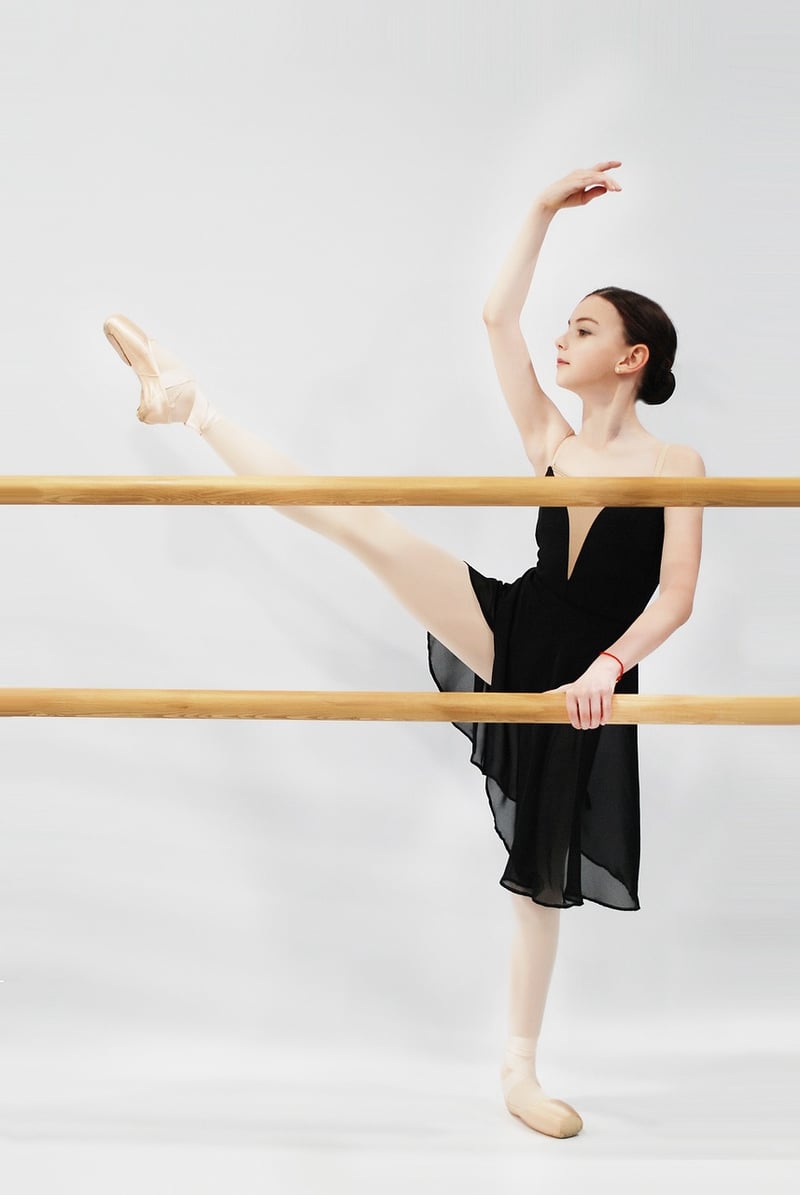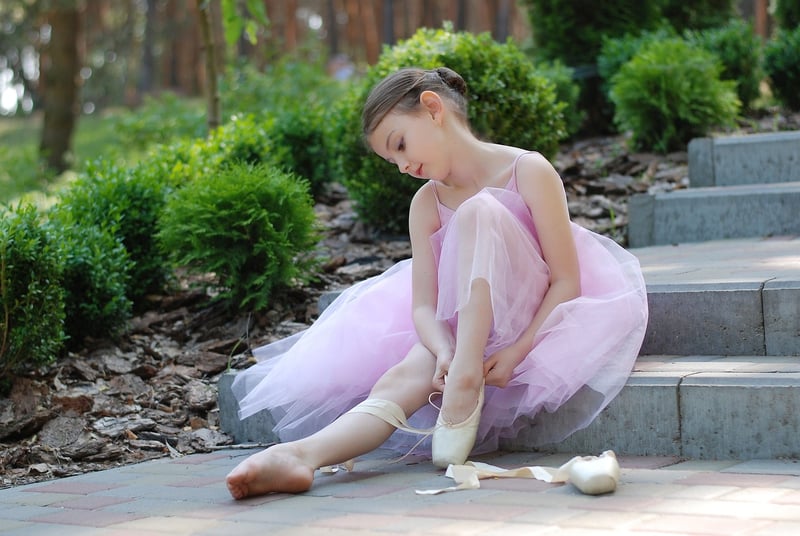Therapeutic Dance
The Healing Power of Dance: How Movement Can Improve Your Emotional Well-being

Dance is not just a form of artistic expression; it can also be a powerful tool for improving emotional well-being. Through movement and music, dance has the ability to uplift spirits, reduce stress, and promote overall mental health.
The Connection Between Dance and Emotions
When we dance, our bodies release endorphins, often referred to as "feel-good" hormones. These chemicals can help reduce feelings of anxiety and depression, leaving us with a sense of happiness and relaxation. Additionally, the rhythmic movement of dance can serve as a form of meditation, allowing individuals to focus on the present moment and let go of worries.
Therapeutic Dance for Mental Health
Therapeutic dance takes the healing power of movement one step further by incorporating structured dance therapy sessions. These sessions are led by trained professionals who guide participants through various movements and exercises designed to enhance emotional well-being.
Benefits of Therapeutic Dance:
- Improved self-esteem and body image
- Enhanced stress management
- Increased self-awareness and emotional expression
- Boosted creativity and confidence
How to Incorporate Dance into Your Routine
You don't need to be a professional dancer to reap the benefits of dance for emotional well-being. Simply putting on your favorite music and moving to the beat in the comfort of your own home can have a positive impact on your mood. Alternatively, consider joining a dance class or seeking out a dance therapist for more structured sessions.
Whether you prefer ballet, hip-hop, salsa, or any other style of dance, the key is to move your body and allow yourself to feel the music. Dance has the power to heal not only the body but also the mind and soul.
So next time you're feeling stressed or overwhelmed, consider turning up the music and dancing your cares away!

Let the rhythm guide you to a place of emotional balance and well-being through the transformative power of dance.
References: Psychology Today, American Dance Therapy Association
